When you hear "Southeast Asia" as a travel destination, what comes to mind? If you're like most people, it's probably the beaches of Thailand. Well I'm here to tell you that there's a lot more to Southeast Asia than beaches and that the ones of Thailand aren't even the best beaches out there. Think outside the box, or bag.

For around $25 per day, your trip to Southeast Asia could take in some of the most incredible sites on the planet. That's right. Budget travel in Southeast Asia is some of the most luxurious out there, which means just a little bit of money gets you very far on the road to awesome. And just in case you think it'll be beach upon beach, think again. The diversity of the landscapes and architecture in Southeast Asia is one of the reasons we spent over six months exploring this region alone. And the best part? It only cost us $1,000 a month to do it!
Ready for the journey?
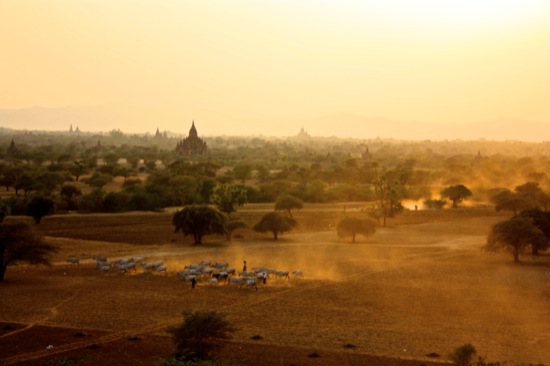
The fairytale temples of Bagan, Burma (Myanmar)
Bagan was largely constructed from the 9th to 13th centuries and served as the capital of the Pagan kingdom. During its height, it boasted 10,000 Buddhist temples and pagodas. The number remaining today is estimated to be between 4,400 and 2,000 and they're scattered around the desert plains. Get lost on your bicycle while you discover this hidden treasure.
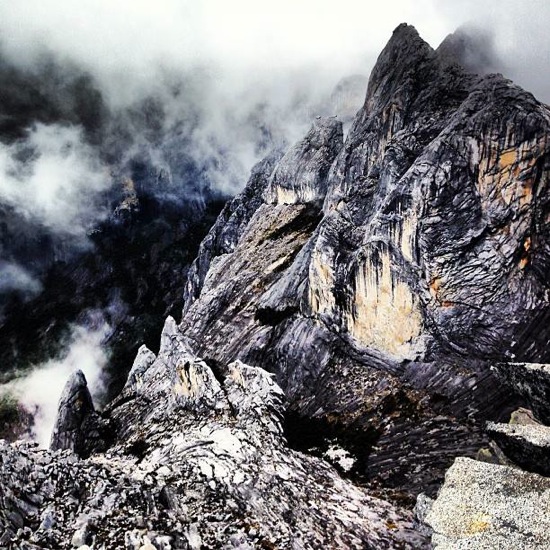
The summit of the tallest mountain in Malaysia, Mt. Kinabalu, Malaysian Borneo
Whether you do the summit in two days or one, all 4095 meters (13435 feet) of Mt. Kinabalu will be steep, inspiring, and exhausting. The highest mountain in Malaysia has an otherworldly quality to it that, coupled with the altitude, makes you think you've somehow traveled to the moon.

The red sand dunes of Mui Ne, Vietnam
The beachside town of Mui Ne boasts two types of sand dunes, although the red are more visually impressive. Whether you walk, jump, or slide your way down, the immenseness of the dunes and their location right next to an ocean is sure to take your breath away.
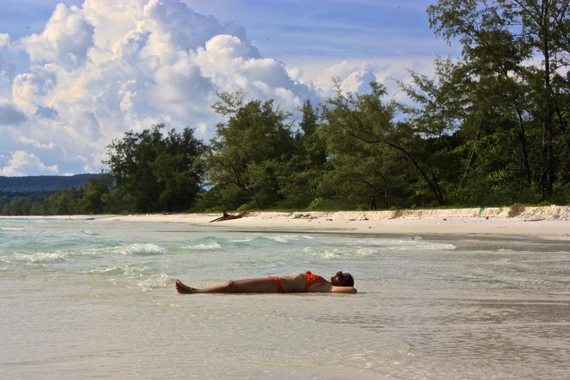
The squeaky white beaches of Koh Rong and Koh Rong Samloem, Cambodia
The islands in the south of Cambodia are famous for their clear waters, perfect white sand, and amazing beach barbeques. Whether you're looking for a party or solitude, you can find it hear.

The volcano within a volcano of Gunung Rinjani, Lombok, Indonesia
Whether you trek to the crater rim (2,600 meters) or the summit (3,726 meters), seeing the spectacular Rinjani up close is well worth the hike for any traveler with a flair for adventure. From the top, you'll see the volcanoes on Bali, the Gili islands, and the natural hot springs awaiting you inside the crater.
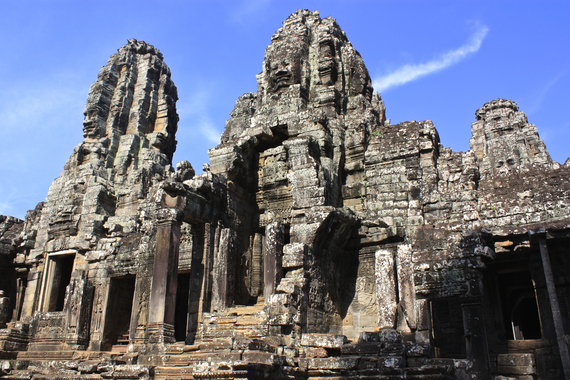
The out-of-this-world architecture of Angkor, Cambodia
Angkor was the seat of the Khmer Empire, which flourished from the 9th to 15th centuries and, at one point, controlled much of Southeast Asia. There are over 1,000 temples in the Angkor complex, the most famous of which is Angkor Wat, built in the 12th century and often described as the largest religious monument in the world. The whole Angkor complex is a UNESCO World Heritage Site.
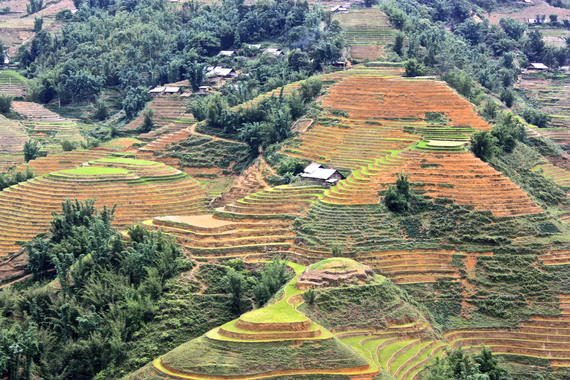
The dizzying hand-carved rice terraces of Sapa, Vietnam
Ever been to a place that makes you say "wow" out loud several times a day? That's exactly what you'll do while trekking amidst the grand rice terraces of Sapa. You can walk for days without losing sight of the work -- past and present -- of the Black Hmong tribespeople. Around 2,000 years ago, these hardy mountain inhabitants started shaping the local mountains into the terraces that would make Sapa famous, and that would help them grow enough rice to feed their families.
Visit our blog for more tips on where to go, what to see, and how to do it all on a budget!